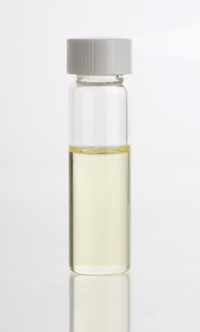
Photo from wikipedia
Epileptic seizures are a consequence of uncontrolled neuronal discharge and demand urgent and prolonged treatment. Due to a lack of potent and low-risk drugs that could prevent seizures, efforts are… Click to show full abstract
Epileptic seizures are a consequence of uncontrolled neuronal discharge and demand urgent and prolonged treatment. Due to a lack of potent and low-risk drugs that could prevent seizures, efforts are underway to discover new drugs, and plant metabolites are often considered valuable candidates in this search. Lemon balm (Melissa officinalis L., Lamiaceae) is a world-renowned medicinal plant affecting central nervous system function. In this study, we aimed to examine whether the results from in silico modeling of the interactions of major lemon balm essential oil constituents with GABAA and glycine receptors correspond to in vivo results of the convulsions in mice induced by the application of either pentylenetetrazol (GABAA antagonistic) or strychnine (glycine receptor antagonist). While molecular docking experiments of essential oil constituents to the two receptors demonstrated the possibility of ligand–receptor interactions, no binding poses were scored highly, and as the in vivo effect of the essential oil on convulsions seems to be only moderate, the results of the in silico study seem not to contradict results obtained by in vivo models. Thus, we can say that molecular docking might be a useful tool in initial screening for active constituents of natural product mixtures and the potential prediction of their activity in models in vivo.
Journal Title: Natural Product Communications
Year Published: 2022
Link to full text (if available)
Share on Social Media: Sign Up to like & get
recommendations!